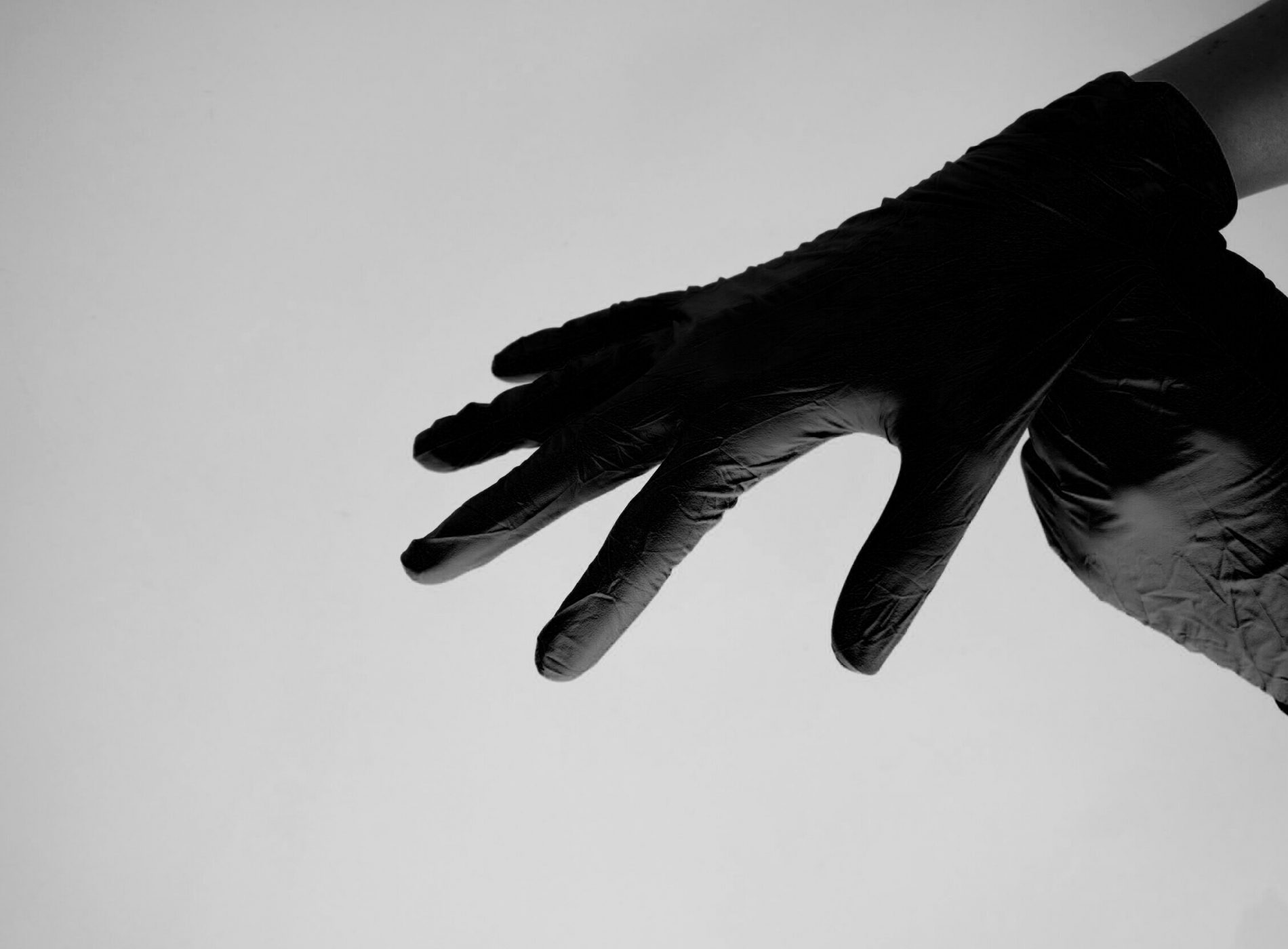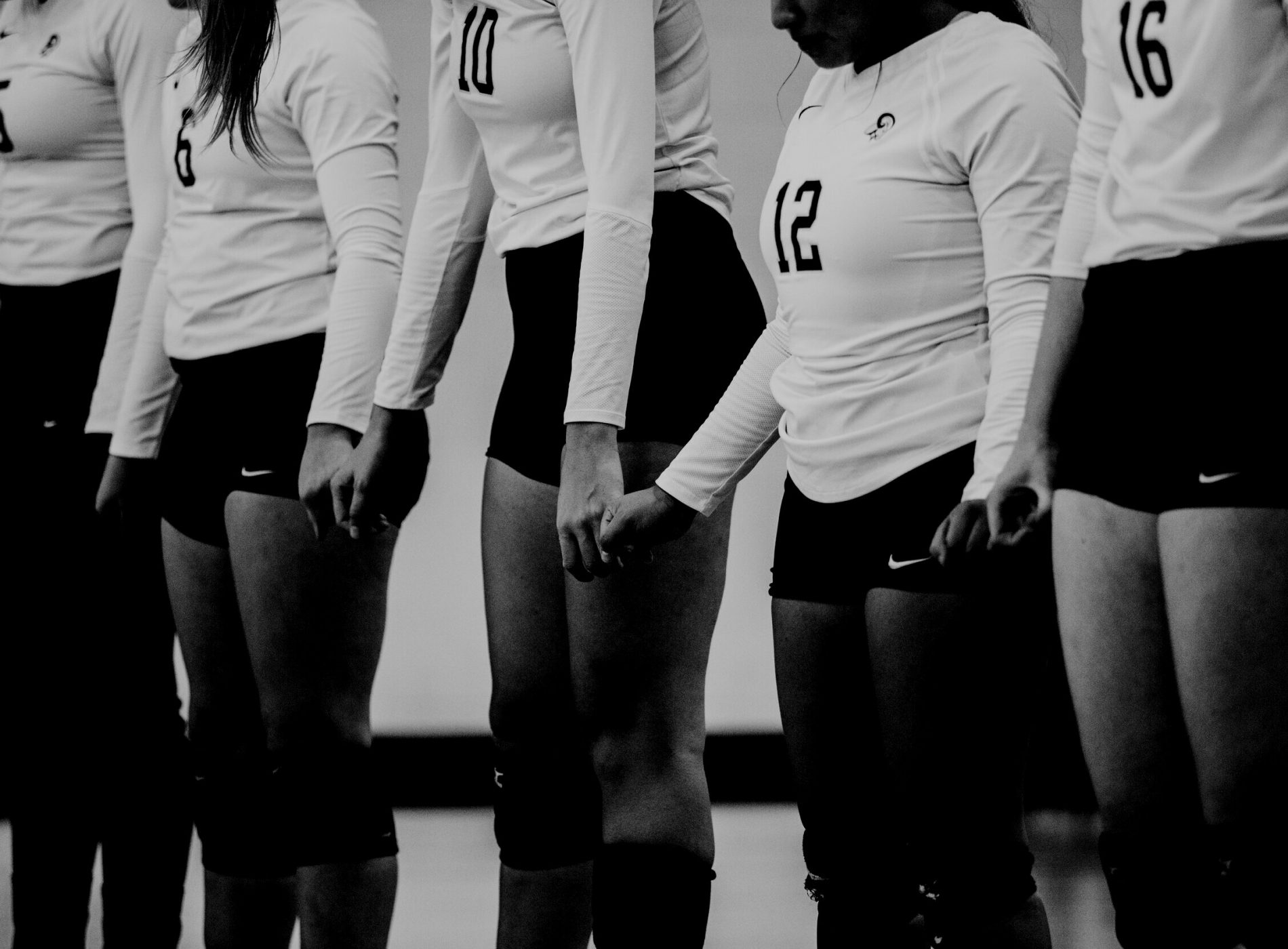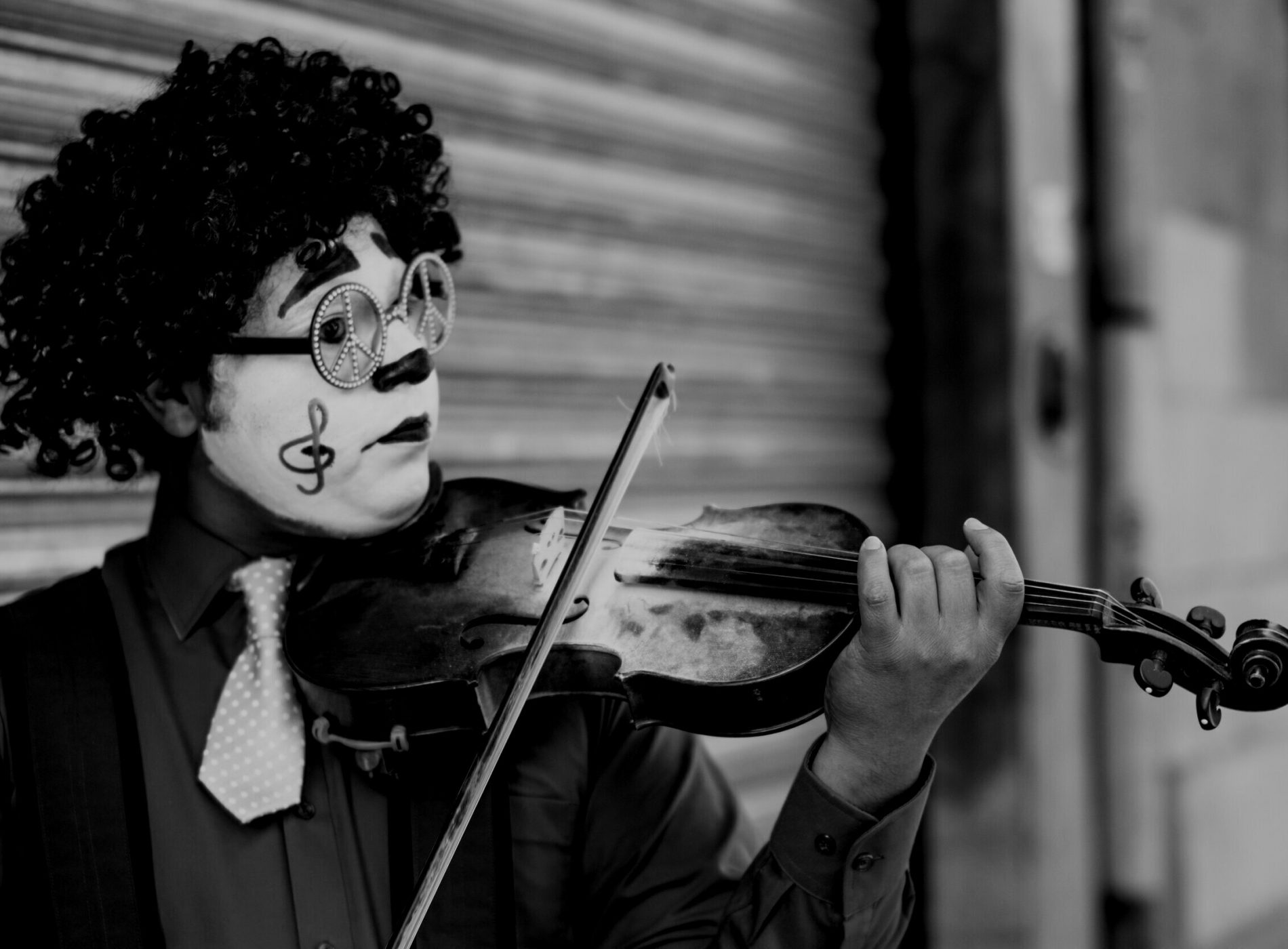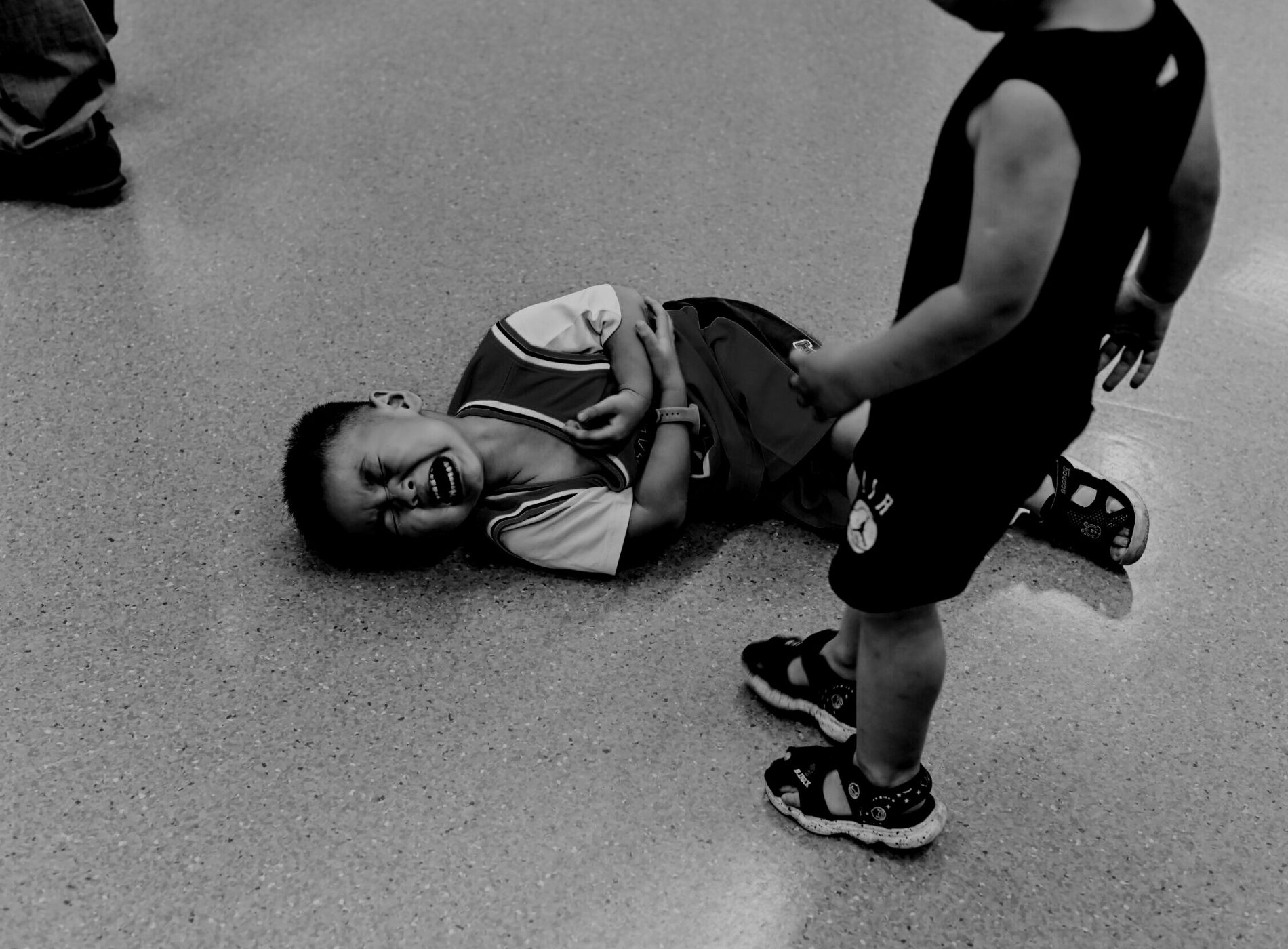
In some recent conversations, I’ve been struck by how our Covid-induced different working approaches have shaken some pretty solid performance foundations when returning to working contexts that used to be oh so familiar.
The enforced ‘absence from the field of play’ got me thinking about the two worlds I’ve co-existed in for so long might be able to provide valuable insight again.
So, I got to thinking about what I’ve learned supporting athletes that might be of assistance to those of you who don’t have to wear lycra for work everyday, unless you really want to!
Losing confidence after injury.
Over the years of working in endurance sport, I supported a lot of athletes returning from injury. Very often this injury resulted in a long time out from day to day training where the repeated practice of their ‘art’ took place. Very often the athlete would be away from competition as well for a prolonged period, resulting in the exposure to ‘performance under pressure’ being significantly reduced.
With every day that passed with no return to full training and being no closer to anything resembling full competition, key components of performance became a little more compromised.
Through the lens of deep logic, the athletes knew they would still be able to perform and compete again. Through the lens of deep logic, the athletes knew that in the fullness of time, their form would return after the body had healed.
However, the high performing human mind is a pernicious thing.
Despite the deep logic, the daily experience of not being involved in the normal rhythm of training would allow doubt to seep in and the sense that the half life of the talent was diminishing ever more quickly. Despite the deep logic, the mind would be conjuring up ever more challenging questions to inspire doubt that things would ever be the same.
What happens to the body, happens to the mind…
While the body was getting ready for a return, the mind was conspiring against this by getting ever more committed to believing its undeniable web of doubts. In reality, to fully rehabilitate, both body and mind needed to be treated together. Despite the mind hearing reassuring words from experts that “you’re stronger now than before you were injured”, the compelling narrative that had been built through the repeated sojourns into the world of doubt needed to be destroyed.
The doubts were quelled somewhat through the return to training and the refamiliarisation with movement patterns, as well as the body reacting ‘normally’ to the stresses placed upon it. A body of training work was built up to provide evidence that the body doing the training could be relied upon.
However, the weight of doubt is strongly tipped towards the questions that have most meaning for how we see ourselves and how we think others see us; “will I be ok in the competition?” and “will other people think I look like I used to?”, or “will I still be as good as I used to be?”.
So come the first competition back, extra effort was required to commit to performing when the internal dialogue was still one full of worry that needed to be overcome and nullified. Far greater effort was needed to force a focus on performance through an incredibly sticky membrane of doubt, constructed from that web of paranoia that capability had been lost forever while waiting to get strong again.
Regaining confidence + high performance.
The relief at the end of these first competitions back was palpable when the athletes were able to realise the inner conversations had all been nonsense, and the feelings that they might be a novice again had been some cruel, self-inflicted lie based on nothing but the lack of a recent, real experience of doing the thing you know yourself to be highly skilled in. In many instances the athletes surprised themselves by just how well they performed relative to their previous levels. Their worry about their surviving competence had been so great, they almost found it hard to believe just how proficient their latent talent was. I’ve said for many years “familiarity breeds control” rather than contempt…
The familiarity of doing what you say you’re going to do – and doing what you know you’re capable of, is an essential building block of continued excellence.
Without the reality of ‘the doing,’ it seems we become more skilled at unhelpful thinking! Without the challenge of focusing on perpetuating ‘the existing,’ the mind turns to self-destruction.
For how many of you does this feel familiar having been effectively ‘out injured’ through the imposed isolation of the pandemic? How many things that used to be commonplace are now a great source of worry for you because you’ve not been ‘training or competing’ for a few years now? How many of you are dreading something that used to be a breeze? If this is you, the advice, as ever, is simple, not easy.
3 ways to regain your confidence when the familiar becomes unfamiliar…
Where you can, spend the time immersing yourself back in the feelings of the last time you ‘performed’ in one of the key situations you know you’re worried about going back into.
1. Regain confidence by going the extra mile in terms of preparation – you’d have been in a place where you didn’t need to overthink and you’d have been able to roll from performance to performance. Now is the time to go intentionally more conscious with your planning. Write out a detailed plan of what you what to do, think and feel at the various points of the performance and be very explicit about the tactics you want to use. Rehearse where you can, rather than assume you need to get right back to performing without this key warm up ingredient.
2. Mentally rehearse different bits of the performance. Not necessarily in order. Dip into different sections of what you’re going to be doing and imagine what you’re going to be saying, how you’re going to be moving and the feelings you’re going to be feeling as the words leave your mouth. Mentally rehearsing in this way means you’re focused on the parts of the performance to piece them together – rather than feeling you have to construct a flawless sequence of moves that take you from start to finish with brilliance. This latter approach puts too much focus on the result, rather than the suggested approach, which is all about constructing a performance.
3. Finally, with your plan, ensure you’re stepping into a Challenge Mindset when you begin the performance. Stay focused on the things you’re most in Control of. Build and regain Confidence from your history of performance as well as the quality of planning. And finally, be Curious to find out how well your ‘first time back’ will go. Don’t demand a level to be hit; demand the discovery of your current level.
If this has been helpful, please let me know and also check out www.theperformanceroom.co.uk for plenty more content.
You will. Be ready.






